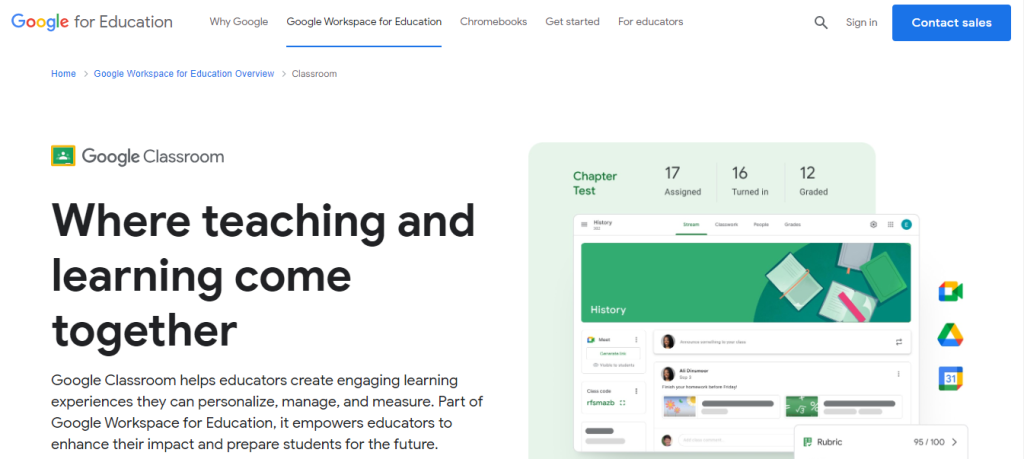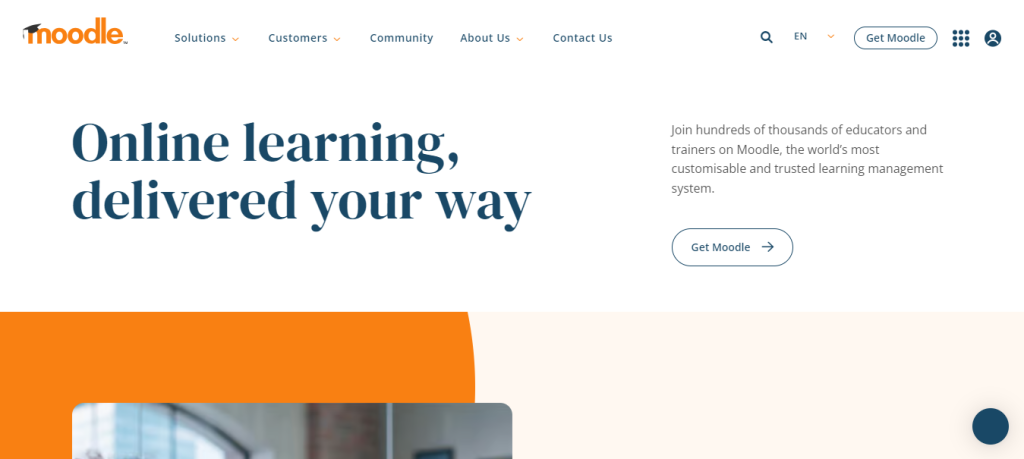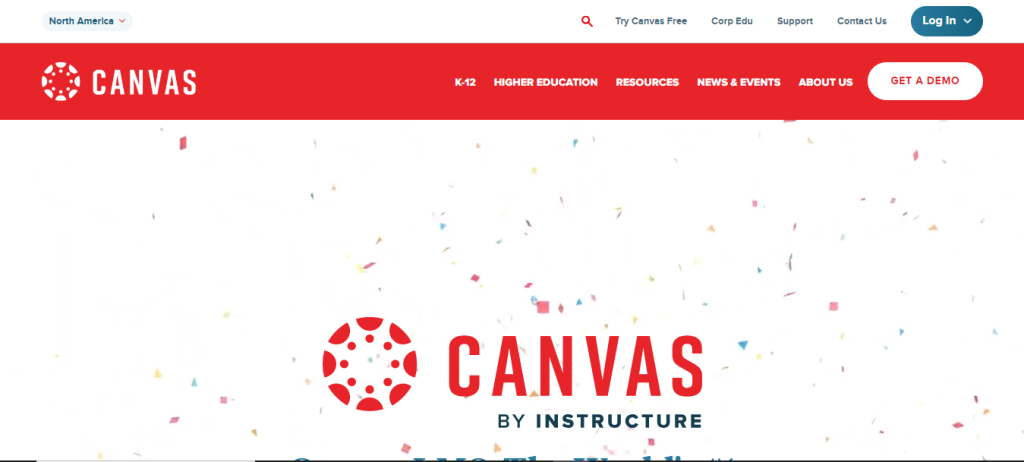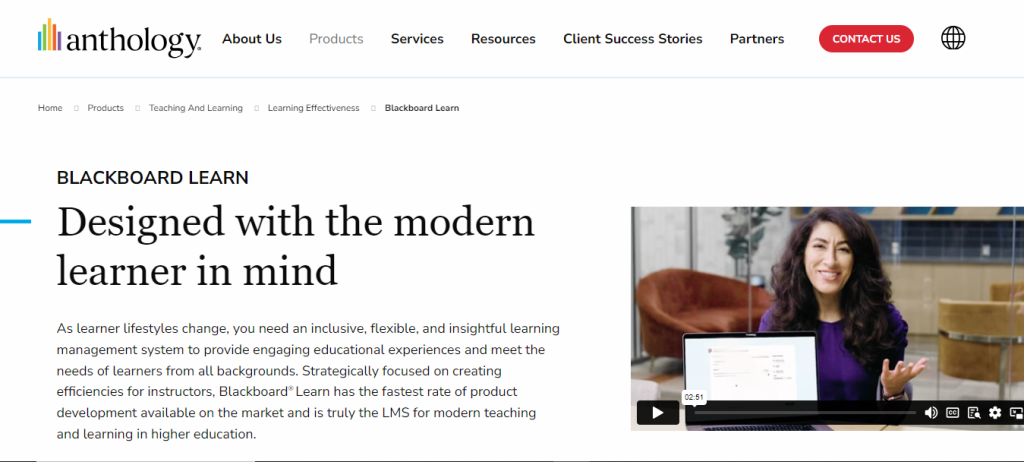Educational technology has revolutionized the way we learn. Among these innovations, Learning Management Systems (LMS) and gamified Edtech platforms stand out as powerful tools reshaping the educational landscape. Education is most diverse and easy to understand with the help of multiple resources available online from Toddlers to Bachelors.
Studies discovered that over 90% of employees supported the opinion which claimed gamification can improve productivity. Gamification exists as a popular method when used inside Learning Management Systems (LMS), as it is a kind of engaging tool with the generation that exists now.
This thorough essay examines how these technologies work and how different platforms engage students to provide compelling learning experiences.
Understanding LMS
Learning Management Systems (LMSs) are software programs designed to administer, store, and remotely monitor learning content and activities.
They are a digital centre for instructors and learners, where various schools perform administrative processes, such as the electronic delivery of course material and assessment.
For example, platforms like Time4Learning make managing learning schedules more efficient and accessible. Further, With tools like PangoBooks, the integration of LMS platforms can also enhance content accessibility with an array of learning resources at students’ fingertips.
LMS platforms are usually rich in features, this include
- course creation tools,
- content libraries,
- evaluation modules,
- forum platforms,
- and advancement pathway tools.
These features ease the learning process, structuring it so it is bound to be a more organized process for both instructors and students.
The integration of LMS platforms leads to many advantages for the education sector and learners who get involved. LMS platforms provide both flexibility to the user’s learning schedule and access to a vast treasure of educational materials, as seen with Zearn Math.
Students will be able to personalize their learning space according to their need while still having the chance to work together and participate actively.
Gamification in Education
Gamification (applying game-design elements and concepts in non-game environments to better user involvement and engagement) improves users’ experience and increases their participation in operations or activities. Educational gamification employs scores, badges, leaderboards, and storylines.
The use of game mechanics in LMS integration provides educators with the tools to integrate an interactive game-based experience into the learning process.
Incorporating gamification elements into LMS tools is beneficial to students, encouraging their learning, stimulating healthy competition, and rewarding their achievements. As a result, their motivation and retention rate are improved.
Educational technology platforms that have interactive elements, such as online tutoring services, offer many advantages, including more enthusiastic students, better memory retention, and a collaborative learning process. Through the use of human inborn skills, one can turn daily routines into an existing learning journey through gamified strategy.
The Fusion of LMS and Gamified Edtech
The integration of Learning Management Systems (LMSs) with game technology has become a popular approach to well-organized schoolwork and learning. Teachers can trigger student interest and encourage internal drive by seamlessly integrating gamification techniques into LMS platforms. This, in turn, develops personal and exciting learning environments rather than uninteresting ones.
Read Also: Cool Math Games for Kids 2024
Combining LMS with Gamification
The amalgamation of LMS and game-driven learning technology presents a new paradigm in education, which will create a learning environment that harnesses the capacity of online platforms and the persuasiveness of gamification. This integration inarguably opens more ways of designing innovation for lively and engrossing learning adventures.
Enhancing Learning Experience
This way, educators will be able to apply the advantages of both LMS and gamified edtech by adjusting the learning experiences to satisfy all learning style differences and preferences. The combination of different technologies, such as interactive quizzes, cases, and collaborative challenges, makes the classroom environment more dynamic and enriches learning experiences as learners are drawn into the activities.
Case Studies
A plethora number of case studies are there with interesting results of harnessing the potential of gamification with LMS in a school setting. The positive impact of gamified LMS solutions has been reported by institutions from kindergarten rooms to professional training organizations ranging from increased learner motivation, better performance, and higher level of customer satisfaction.
5 Popular LMS Platforms
Here are some top performing and used LMS platforms in details.
1- Google Classroom
Google Classroom has come as a preferred choice among teachers who find it flexible and robust enough to combine with Google Workspace tools more smoothly and safely. Through Google Classroom, teachers can build online classrooms, give assignments as well, and engage students in discussions and feedback all on a single platform. Students now can have course materials at ease, submit assignments collaborate with colleagues, and get reminders when and when they are due.
Key Features
- Accessibility across various devices, i.e. computers, tablets, and smartphones
- Convenient for both educators and students to engage with course content anytime, anywhere.
- Streamlines the workflow for educators by automating tasks
- More focused on teaching and less on administrative work.
2- Moodle
Moodle is a kind of open-source learning management system widely focused on being very flexible and having plenty of customization options. The instructors can customize a Moodle learning interface aligning with their peculiar educational aims, thus creating personalized learning spaces. Along with Moodle, the user has various tools such as course management and role-playing, assessment and reporting, and various levels.
Key Features
- Active community of developers and users who contribute to its ongoing development and enhancement.
- Remains responsive to the evolving needs of educators and learners worldwide.
- Provides extensive documentation, tutorials, and support resources to help educators maximize the platform’s potential in their teaching practice.
3- Canvas
Canvas is the Learning Management System in the cloud and is among the most advanced platforms for its intelligent design and superior functionality. It is possible to craft interesting and participative courses with the use of rich multimedia on Canvas, including video clips, images, and documentation.
Canvas web platform comes with features like a drag-and-drop course template builder, discussion boards, quizzes, and a grading grid. This makes it easy for educators to create a fun learning environment for their students.
Key Features
- Extensive integration options for educators to seamlessly integrate third-party tools. This integration capability enables educators to leverage a diverse range of educational resources and technologies to enhance teaching and learning.
- Canvas provides comprehensive analytics and reporting tools, allowing educators to track student engagement, performance, and progress in real-time.
4- RTI Scheduler
RTI Scheduler is an excellent resource planning tool that is used primarily for educators to facilitate and perform scheduling for RTI programs. Educators can therefore easily schedule tutor time, assign interventions, track student progress, and generate reports for monitoring the effectiveness of interventions with RTI Scheduler.
The provision of this platform allows teachers to maximize the accuracy of the provision of tailored learning services to address the diversity of the needs of the students through it.
Key Features
- One of the key advantages of RTI Scheduler is its flexibility and scalability,
- Educators can customize intervention plans based on individual student needs and instructional goals. RTI Scheduler provides data-driven insights and decision-support tools
- It enables educators to make informed decisions about intervention strategies and resource allocation.
5- Blackboard
Blackboard is one of the most widespread LMS systems for its comprehensive feature set and scalability in higher education institutions. This allows teachers to run online courses, upload course materials, communicate with students, and evaluate the learning outcomes.
Blackboard has a lot of features such as discussion forums, multimedia content delivery, assessment modules, and grading workflows which help teachers make their lessons interactive and fun.
Key Features
- Blackboard has an extensive suite of student engagement tools, such as virtual classrooms, group collaboration spaces, and interactive course materials.
- It promotes active learning, collaboration, and communication among students,
- It fosters a sense of community and belonging in online courses.
Blackboard provides comprehensive support services, training resources, and professional development.
Best Gamified Edtech Tools
Google Memory Game
Google Memory Game is a flexible game-based learning platform that offers educators a chance to create customizable memory games to reinforce learning ideas and develop cognitive skills.
This Memory Game allows educators to effortlessly develop fun game boards that include visual, textual, and audio elements which then make learning fun and lasting for the students. This tool will facilitate vocabulary drills, and learning of a language, history, and science.
Key Features
- Google Memory Game is simple and accessible.
- It allows educators to create engaging learning activities without the need for extensive technical expertise.
- Google Memory Game provides a fun and effective way to enhance learning through gamification.
Google Classroom 6x:
Google Classroom 6x is an online platform that offers a variety of unblocked games suitable for school-aged children to enjoy during their free time or breaks. It provides interactive learning experiences and dynamic content for further student engagement. The platform features a mix of HTML5 games and classic Flash games, catering to different gaming preferences and capturing the essence of nostalgia.
Key Features
- Classroom 6x is very easy and user-friendly for kids and students.
- It is also effective for teachers to build targeted lessons for children to learn.
- Teachers and students can create a collaborative environment for progressive learning.
- Users can create accounts to save their data and for offline usability.
Concluding Lines
This combination of LMS and gamification brings major progress to the education of the modern world. Blending gamification strategies into LMS systems is seen as a way to develop interactive and immersive study atmospheres that take into account different learning approaches.
The functionalities collocated with famous platforms which I mentioned in this are to create a learning environment for students whereby the content is made interesting by incorporating competition and collaboration. This, in turn, improves knowledge retention and fosters motivation.






